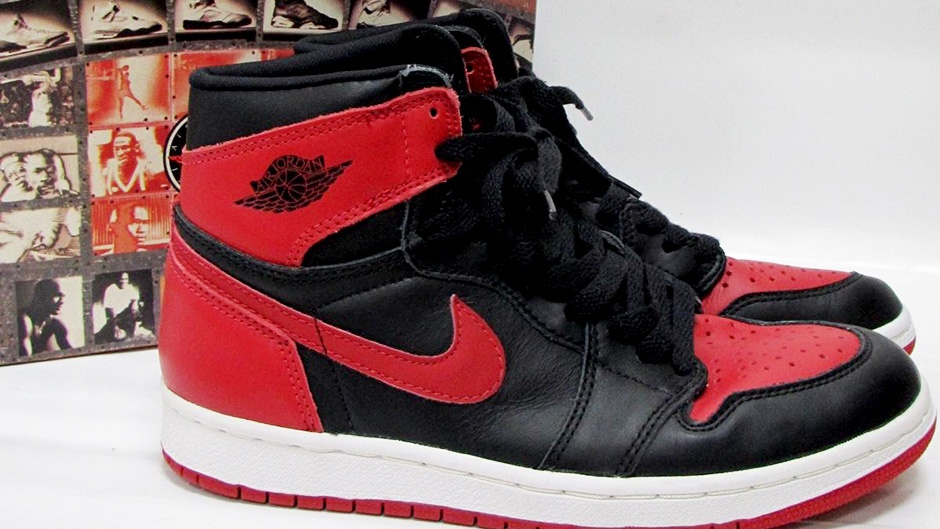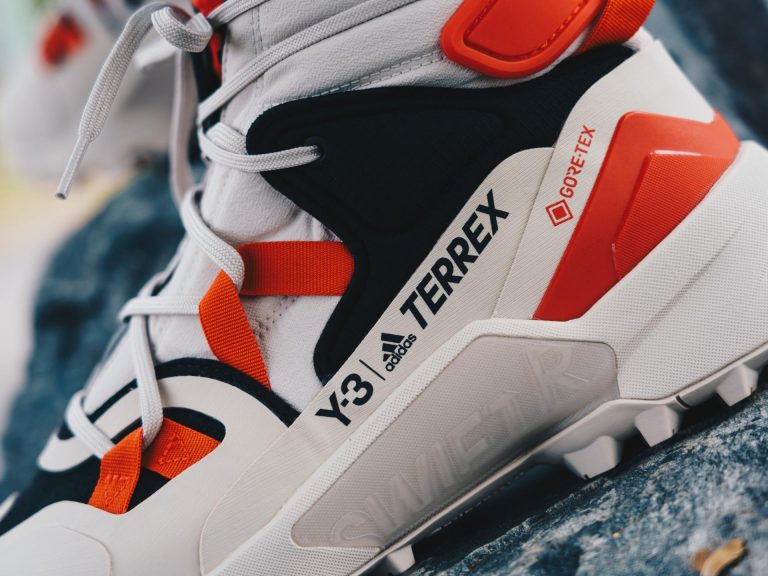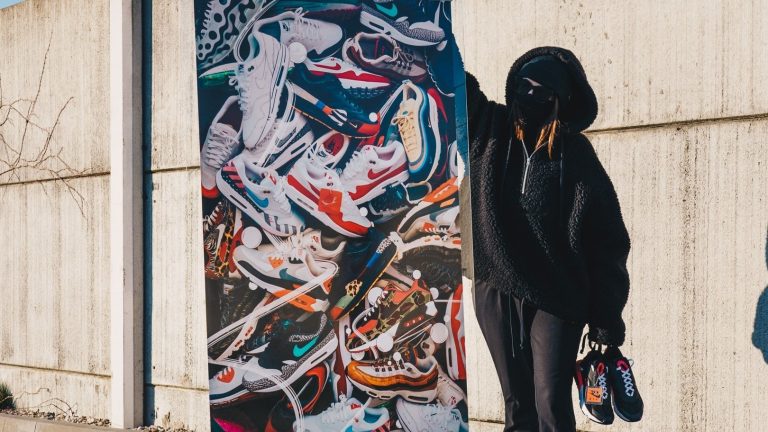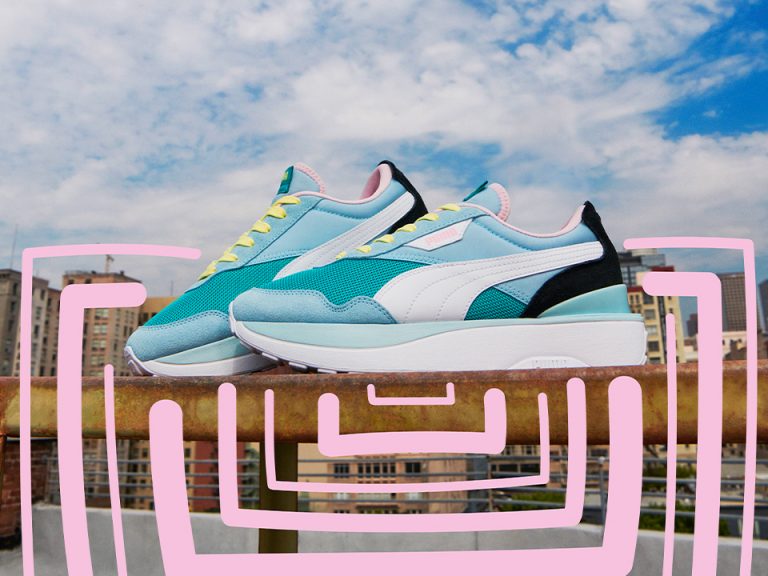The first Michael Jordan model was designed by Peter Moore, who’s main responsibility at Nike was graphic design. He also designed the Nike Dunk, which was what the Air Jordan originated from – Moore changed the shape of the upper, the sole and placed the Air Jordan Wings logo, which he also designed, onto the shoe.
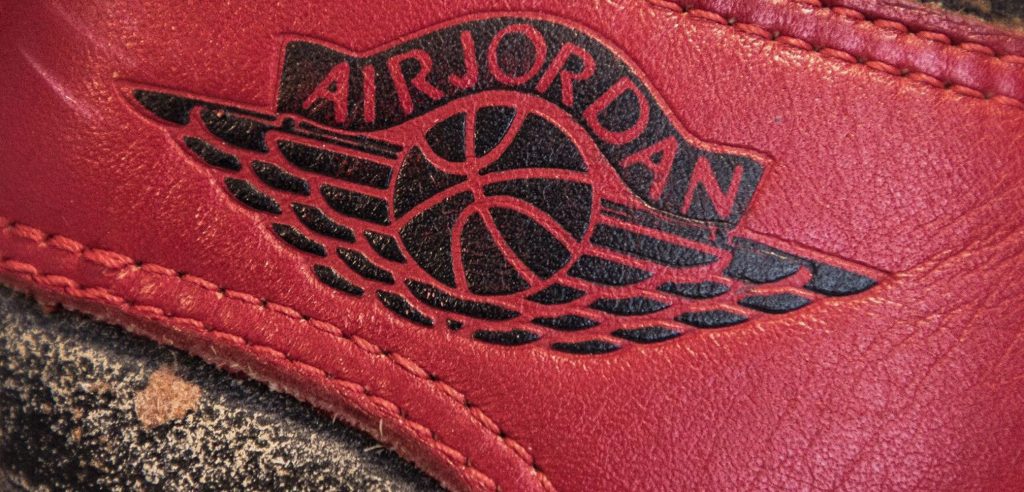
When Michael got the first pair, which was in the Bred colorway, he said that he wasn’t going to wear them because “they were the devil’s colors”. This came true after the Chicago Bulls’ training camp (where he wore the black/red colorway of the Nike Air Ship model) – shortly afterwards, both he and Nike received a letter from the NBA stating that the colorway was banned, because it allegedly didn’t match the color of Jordan’s uniform. Michael wasn’t allowed to wear the black/red colorway in NBA matches.
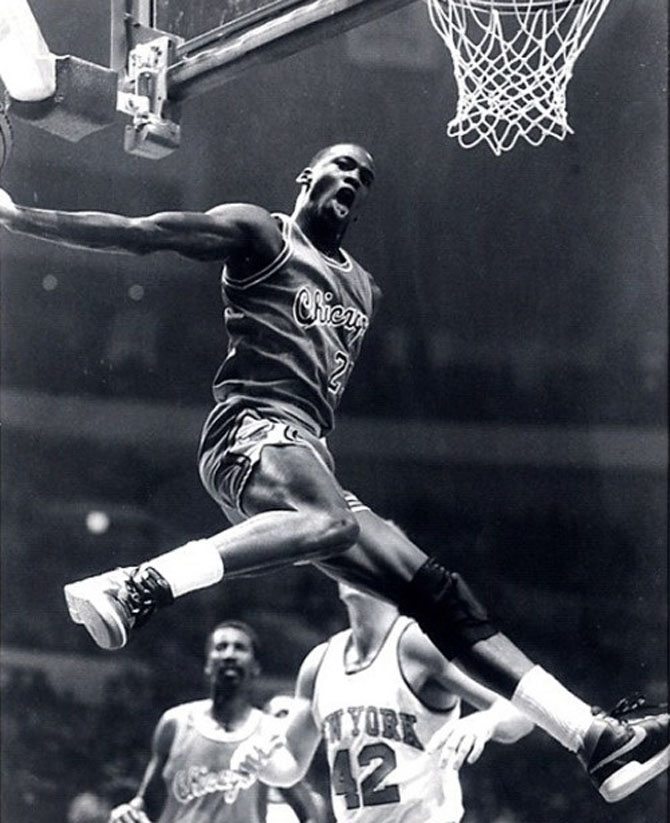
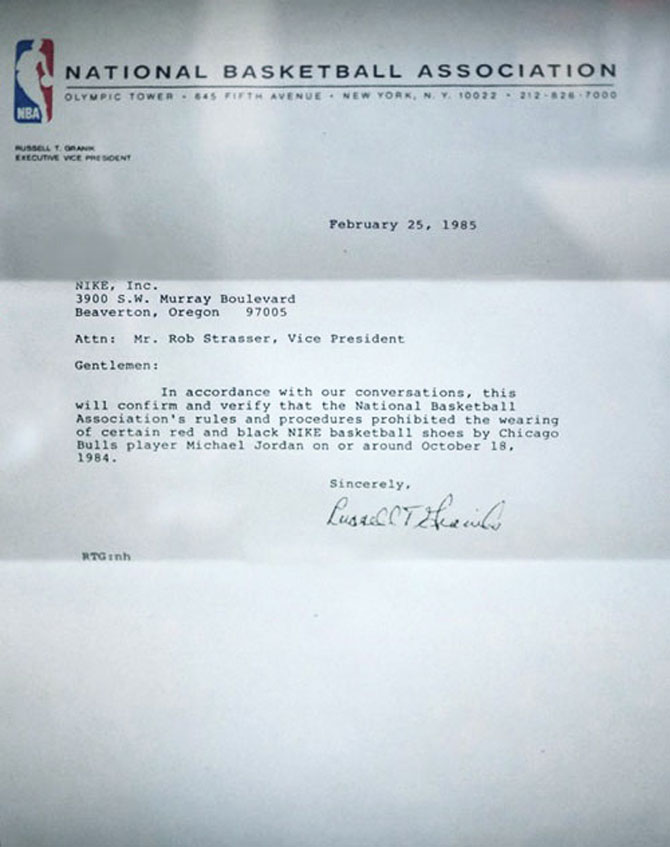
If Michael hadn’t obeyed this rule, him or Nike would have had to pay a $5000 fine. However, Nike took advantage of the rule, editing the accompanying letter and using it in the marketing campaign for the first Jordan model.
Michael did made an appearance in the Breds on one occasion – the 1985 Slam Dunk Contest, where he suffered a close loss to Dominique Wilkinson. As this wasn’t a regular NBA match, neither Nike or Michael had to pay a fine.
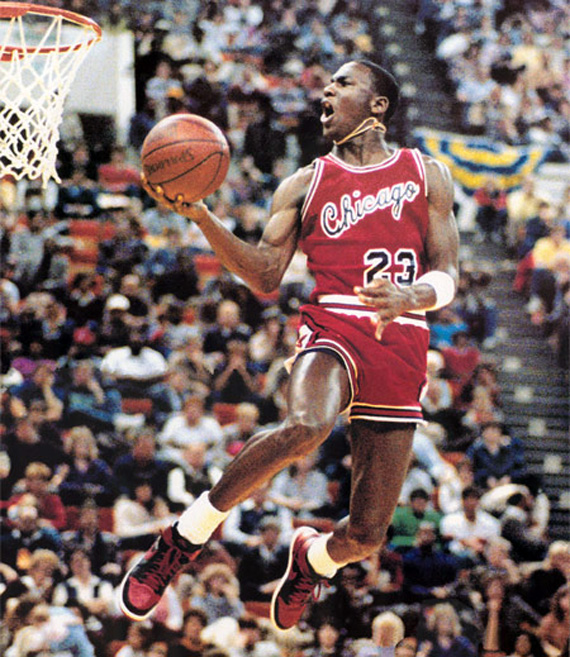
In 1985, the Air Jordan 1 finally reached store shelves in 8 color combinations with a price tag of $65 (except for the “banned” Breds, which had a retail price of $100).
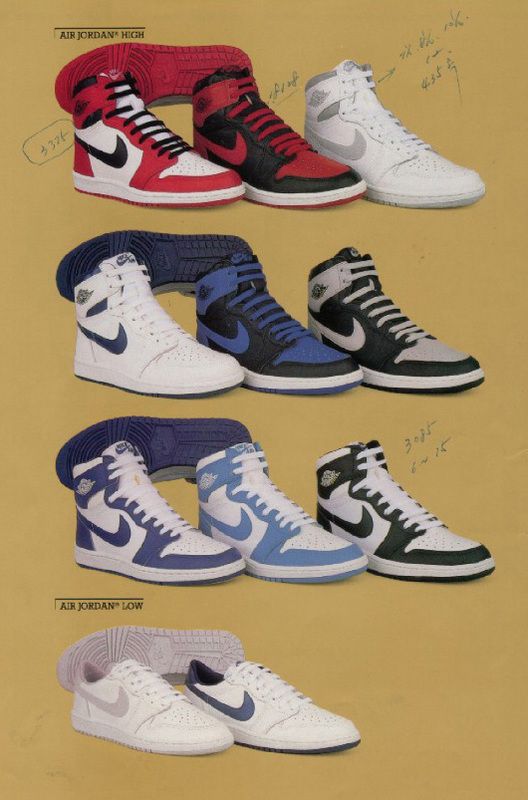
A year later, in 1986, 5 new color combinations of the Air Jordan 1 came out, followed by 4 combinations of the lighter KO version, which had a canvas upper instead of a leather one.
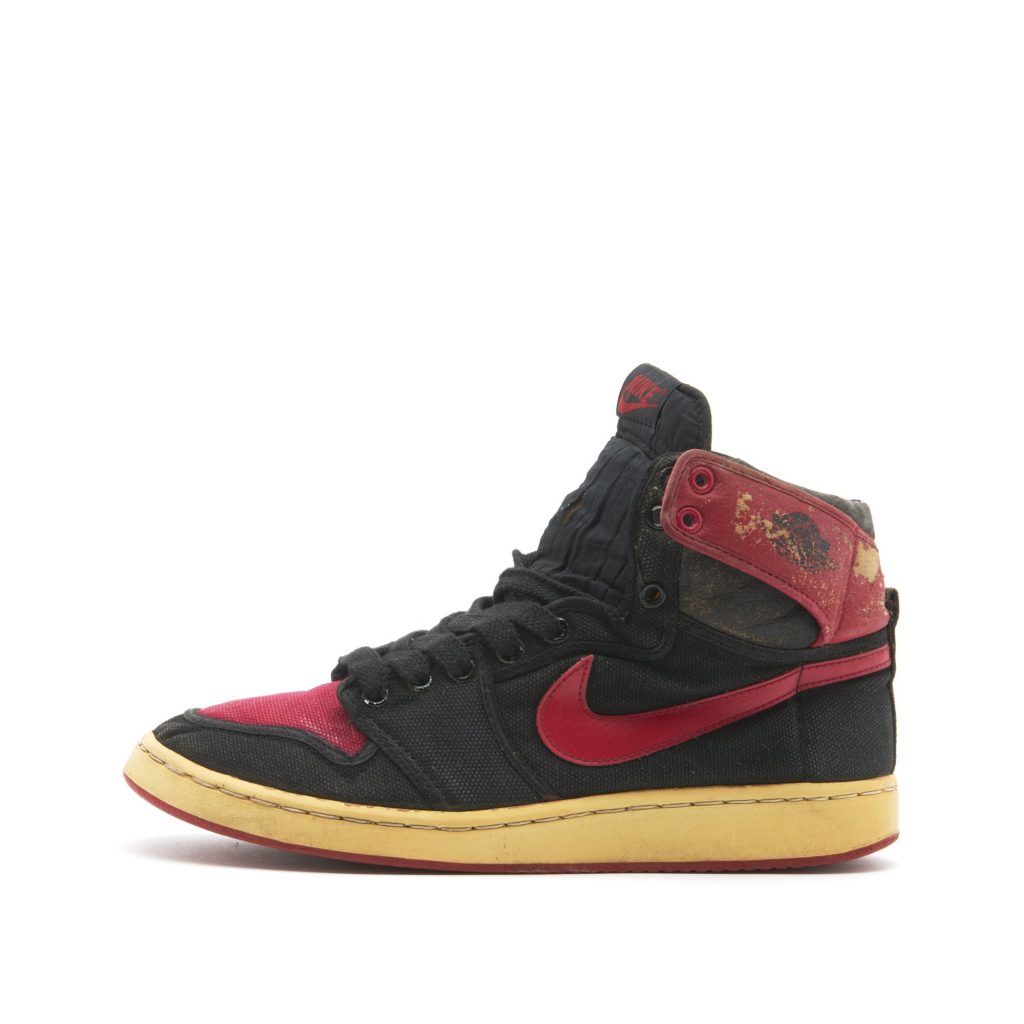
These canvas KOs weren’t the only modified version of the Air Jordan 1 to hit the stores in 1986 – Nike also released a low cut version in two color combinations – all in all, 23 versions of the Air Jordan 1 came out between 1985 and 1986.
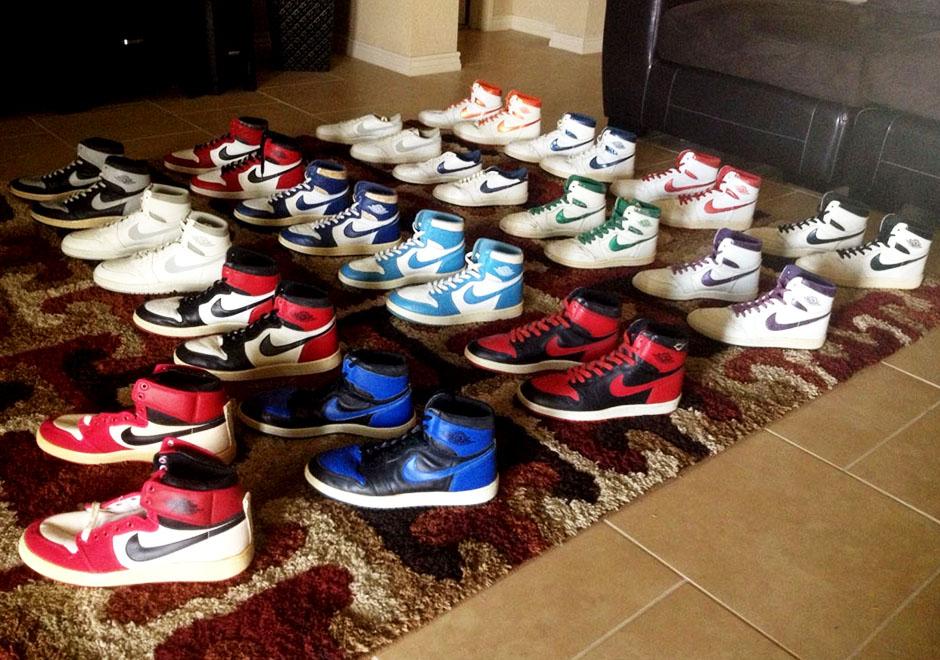
The first retro release happened in 1994, when Jordan first left the NBA – specifically, it included the Bred and Chicago color combinations. Surprisingly, the release wasn’t that successful and after some time, the retail price dropped from the original $80 to as low as $30.
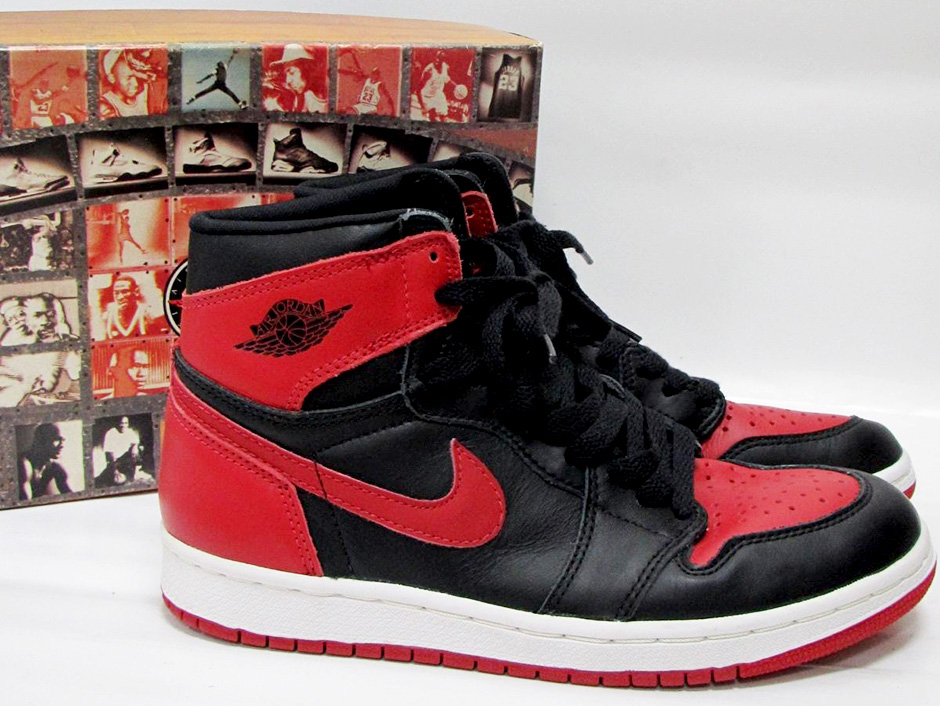
In 2015, Nike released one of the first prototypes of the model – the Air Jordan 1.5. It had the sole that was used in the upcoming Air Jordan 2’s, and a slightly differently shaped upper. Another prototype had the Nike Dunk sole – to this date, this version wasn’t officially released yet.
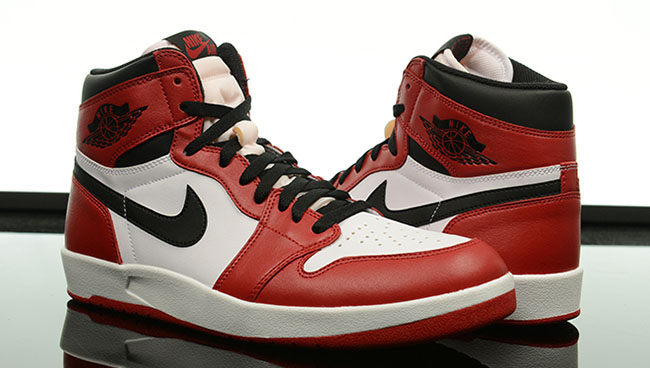
Air Jordan 1.5, source: sneakerfiles.com
Since its first release, the Air Jordan 1 became one of Nike’s most recognizable silhouettes, so it’s no surprise that it participated in a lot of collaborations – the first one, which was also Jordan’s first collaboration in general, was with Levi’s. The collab was released in 2008 and included a pair of Air Jordan 1’s and a pair of Levi’s jeans as well.
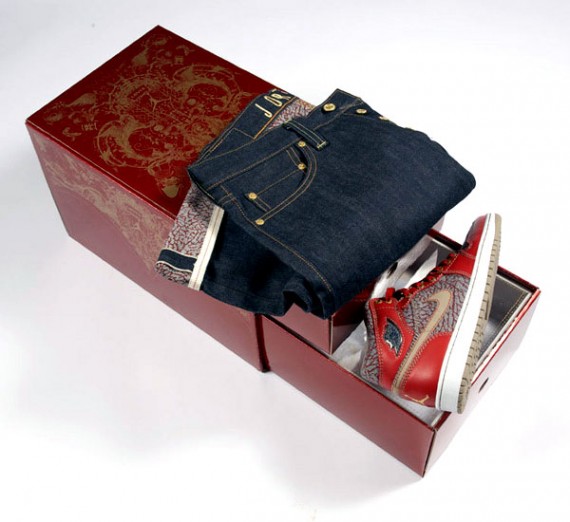
The Air Jordan 1 model gained a substantial following in skater circles as basketball players, which is one of the reasons why, in 2014, Nike came up with an interesting collaboration between the Nike SB division and the Jordan 1 model. Several releases happened thanks to this – my personal favorite is the one with Lance Mountain.
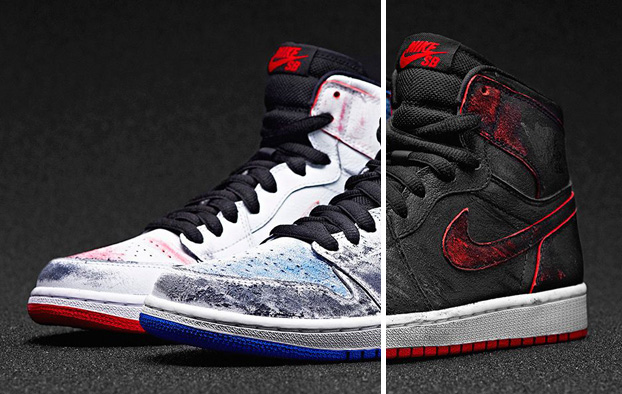
In December 2014, Nike collaborated with Fragment on the Air Jordan 1 – Fujiwara himself stated that the goal was an identical shape as the original pairs (since 2001, the retro releases were shaped differently then the originals), as well as a significantly higher level of quality.
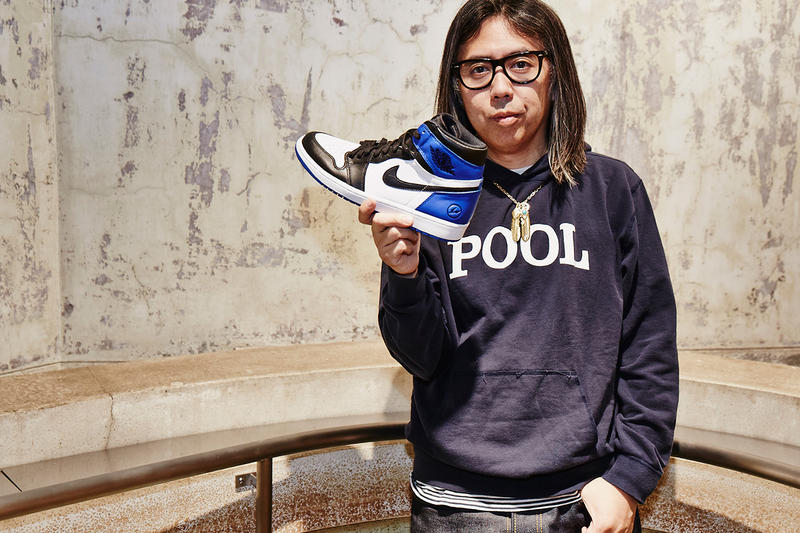
After the Fragment collaboration, Air Jordan 1 collaborations started occurring much more frequently – for example with Virgil Abloh‘s Off White, Travis Scott or the recent collaboration with Dior. The Air Jordan 1 silhouette is a milestone not only in the history of Nike or streetwear, but also in the history of brand collaborations and pop-culture personalities.
Well, you might be interested in the list of the world’s 17 most expensive sneakers (2020)…
- A close-up view of the first Air Jordan 1 release - 2. 4. 2020
